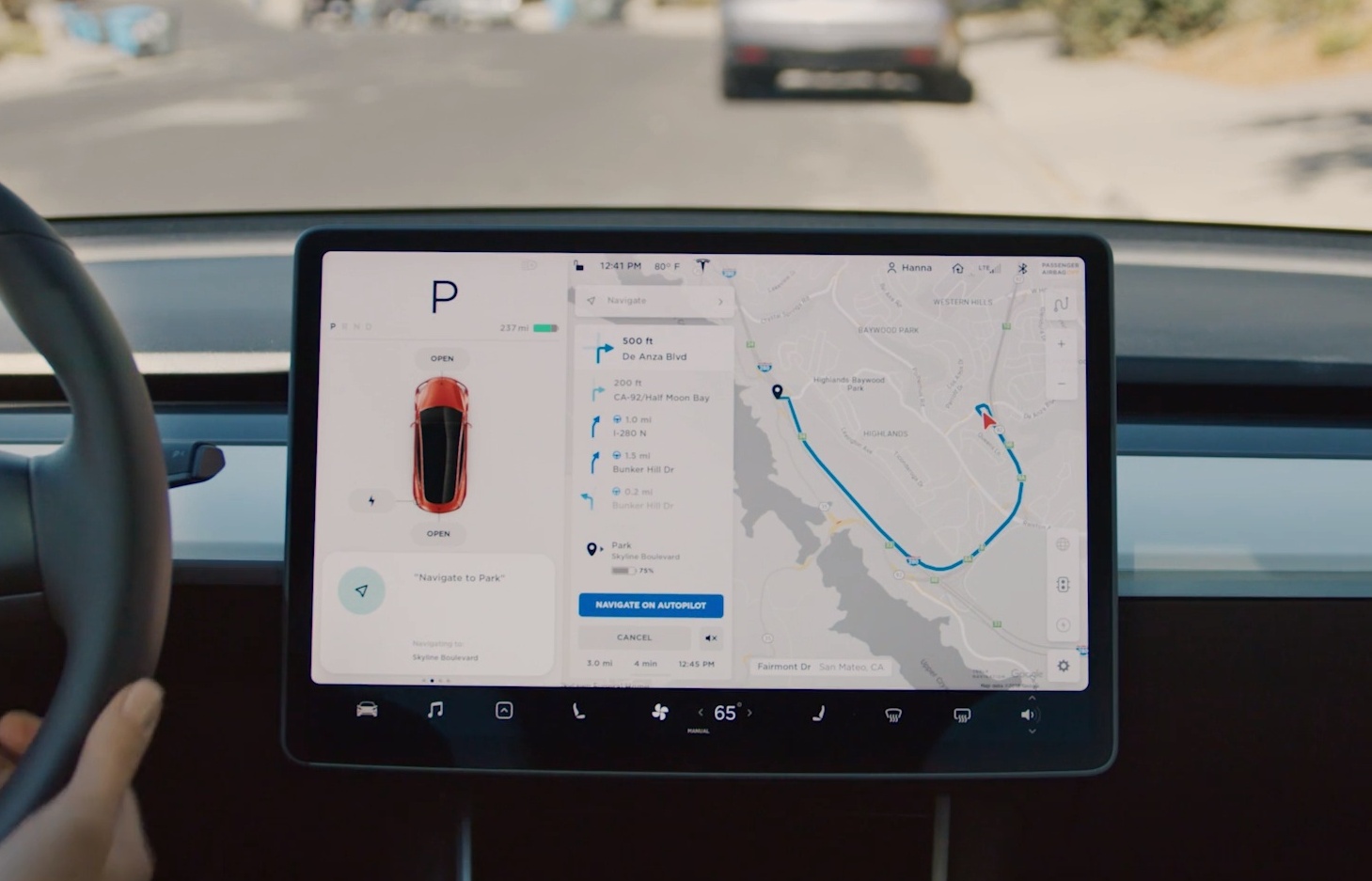
If we pull out for a slightly longer view, the increase looks minor. Price growth versus the year earlier was 28% in mid-April but has been falling every week since. The average listing price now stands 11% higher than a year ago.
Inventory Holding Steady
The total supply of unsold used vehicles on dealer lots across the U.S. stood at 2.46 million units at the close of July, about the same as the revised number at the end of June. That’s great news for car shoppers. Last year’s soaring prices were partially driven by low supply.
“Inventory volume at the end of July was 5% above year-ago levels, so we’re holding our ground. In fact, we’re tracking at a fairly normal pace for supply,” says Chris Frey, Cox Automotive senior manager for Industry Insights.
Cox Automotive is the parent company of Kelley Blue Book.
The other factor pushing up prices, however, remains with us. New car prices are still setting records month after month. In July, the average new car sold for a record $48,182. Prices that high push some would-be new car buyers onto used lots. That, in turn, inflates used car prices.
It’s Not the Same at Every Dealership
Car dealers measure their supply of cars to sell in a metric called “days of inventory” – how long it would take them to sell out of cars at the current sales pace if they couldn’t acquire more.
By brand, Toyota and Honda had the lowest used-vehicle inventory, with days’ supply at 37 and 39, respectively. The two are near the bottom for supply of new cars as well.
Other Asian automakers with low used supply as well as sparse new-vehicle inventory are Subaru and Hyundai, with used days’ supply of 43. Kia, meanwhile, had only 44. Mazda has above-average new-vehicle inventory but is on the low side at 43 days’ supply of used-vehicle inventory.
Cheapest Cars Still Hardest to Find
Waves that rock the new car market pass through the used car market years later. The aftermath of the 2008 recession is still affecting the cars you see on used car lots today. Automakers sold less new cars then, which means few older, higher-mileage used vehicles are available now.
The under $10,000 segment has the lowest available supply and lowest days’ supply of 33, around the same as last month. The $10,000 to $15,000 segments had days’ supply dip to 38 from the 40s a month earlier. Price categories between $15,000 and $30,000, representing the bulk of available inventory, had 42 to 50 days’ supply. Above $30,000 categories had 54 to 62 days’ supply.







